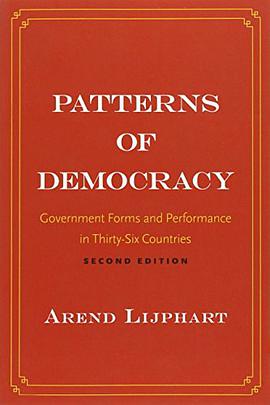Patterns of Democracy
豆瓣
Government Forms and Performance in Thirty-Six Countries
Arend Lijphart
簡介
In this updated and expanded edition of his classic text, Arend Lijphart offers a broader and deeper analysis of worldwide democratic institutions than ever before. Examining thirty-six democracies during the period from 1945 to 2010, Lijphart arrives at important—and unexpected—conclusions about what type of democracy works best.
contents
1: Introduction 1
2: The Westminster Model of Democracy 9
3: The Consensus Model of Democracy 30
4: Thirty-Six Democracies 46
5: Party Systems: Two-Party and Multiparty Patterns 60
6: Cabinets: Concentration Versus Sharing of Executive Power 79
7: Executive-Legislative Relations: Patterns of Dominance and
Balance of Power 105
8: Electoral Systems: Majority and Plurality Methods Versus
Proportional Representation 130
9: Interest Groups: Pluralism Versus Corporatism 158
10: Division of Power: The Federal-Unitary and Centralized-
Decentralized Contrasts 174
11: Parliaments and Congresses: Concentration Versus Division of
Legislative Power 187
12: Constitutions: Amendment Procedures and Judicial Review 204
13: Central Banks: Independence Versus Dependence 226
14: The Two-Dimensional Conceptual Map of Democracy 239
15: Effective Government and Policy-Making: Does Consensus
Democracy Make a Difference? 255
16: The Quality of Democracy and a “Kinder, Gentler” Democracy:
Consensus Democracy Makes a Difference 274
17: Conclusions and Recommendations 295


